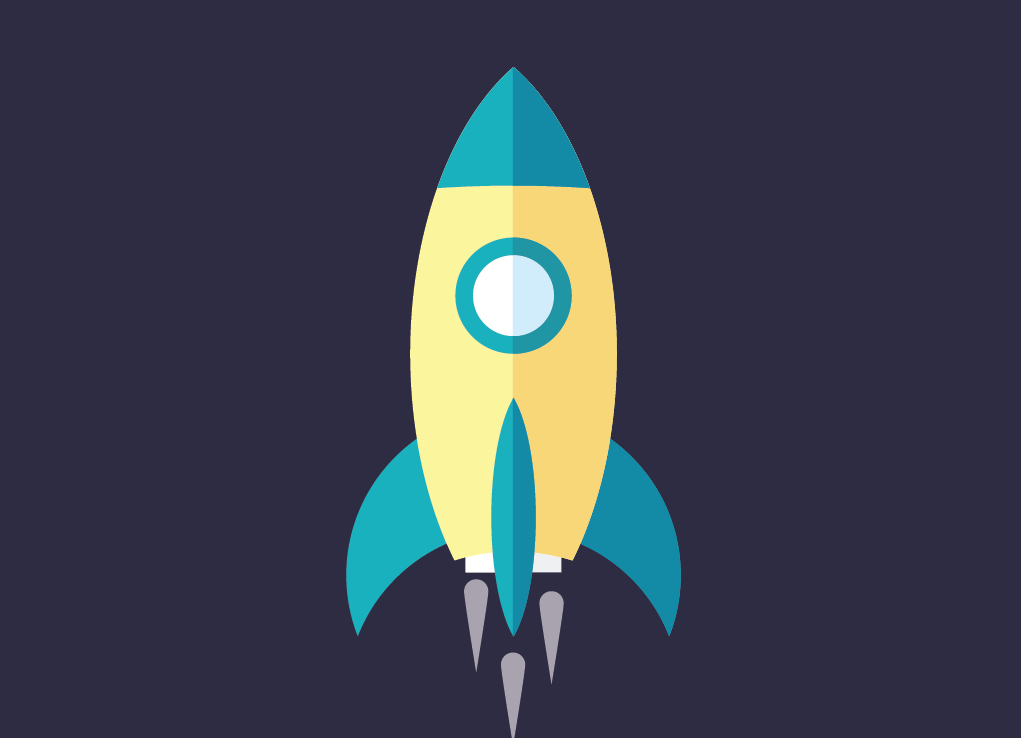The eJump inbox is often visited by questions from candidates who want to apply for the position of Web Designer. We get all kinds of questions, most of them related to the best way to apply and our requirements, so we thought it would be useful to answer some of these questions on the blog. Here we go:
What software and programming languages do I need to master (besides HTML and CSS, Photoshop, Illustrator)? I would primarily like to work in the web design department, not necessarily in the programming one.
At eJump, the web designer has strictly the attributes of a graphic web designer, not of a programmer (HTML/CSS).
We work predominantly with Photoshop and Illustrator, so you’ll need to master those. On rare occasions we will use Autodesk to model some 3D stuff (especially logos).
Of course, it’s always good if a designer has programming skills and specialized coding knowledge because this helps a lot in the design process as you will know exactly what can be done (easily or with some headaches) by the programmers. There are thousands of cool effects that can be easily done in Photoshop, but they will be extremely difficult to implement in code or it would take a crazy amount of resources and time, which are not always justified.
What should a portfolio contain? I also have non-web work like brochures, business cards, logos, should I include that too?
When we assess the portfolio of a potential team mate we would love to see ALL of the representative works even if they are not related to web design. You can include illustrations created for books, brochures, book covers or posters. However, if you are applying for a web designer position, we would clearly prefer it if most of the works in the portfolio would be primarily web layouts. It’s also recommended to make the portfolio easy to visualize (you are a designer after all, right?) and if you can even arrange your work by category that would be awesome.
A very popular website we use to check portfolios is https://www.behance.net. We prefer an online viewing mode as opposed to the traditional email attached archive (often exceeding tens of MBs), which would mean we have to move the archive from one computer to another depending on the office where we will hold the interview. If you will send us an online portfolio, that will make things a lot easier for everyone.
HINT! Are you a junior designer without extensive web design experience or real clients? You probably don’t have many WEB layouts in your portfolio, but there’s something else you can do. Eager to learn designers who want a cool portfolio can find cool websites they like, even from big, well-known companies and revamp them by adding a creative touch or a new idea. The revamp can be added to the portfolio by mentioning that it was created purely for learning purposes. We consider this a good way to learn, to gain more experience and to evolve, because you start from a pre-defined structure which you can improve or just reinterpret in a more modern way. We encourage you to send this kind of work as well, especially if you are a beginner.
What is the required experience for a junior/entry level position?
It’s important that all the entries in the portfolio are of high quality, modern and generally beautiful whatever they might be (flyers, brochures, banners, web layouts). We prefer to see less works but of very good quality rather than hundreds of projects that might include some that not even the designer is proud of.
That is why experience “on paper” does not matter that much when we hire a junior. We look mostly for his or her potential. The technical details and skills (alignment, respecting a grid etc.) are things that can be learned quickly if there is the desire to do so. Creative ideas and the desire to always create something cool and of value are the things that matter the most. We will always be open to hire a junior freelancer (with only 6-12 months of experience) who demonstrates he/she can quickly rise to our demands and meet our standards.
What kind of tests do I need to take during the interview phase?
From the answers to the interview questions we will try to tell if the person who is interviewed is a match for our organizational culture, to see what his/her attitude would be in some frequent client-designer situations and how he/she will go about solving these situations.
But before that, a portfolio with interesting works is mandatory so we can go beyond the selection phase and invite the designer to a face-to-face interview.
During the interview we do not test the designer’s skills and aptitudes on the computer, but we do have “homework,” a task which we send after the interview, a small project that helps us decide if the candidate qualifies for the next stage.
The homework is an actual brief for a real project (a past project of ours which we completed successfully) and we would like to see the graphic interpretation of that brief from the perspective of the designer. We only ask for a Homepage, nothing too crazy. We’ll look at the final result, but also at the PSD file (to see how it was structured, how the layers were arranged, named, grouped, etc.)
If the proposed design is a modern one and every current designer in our team likes it, then there’s a big chance for the recruiting process to be successfully ended with you joining the team. J
